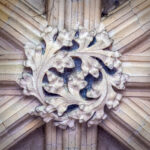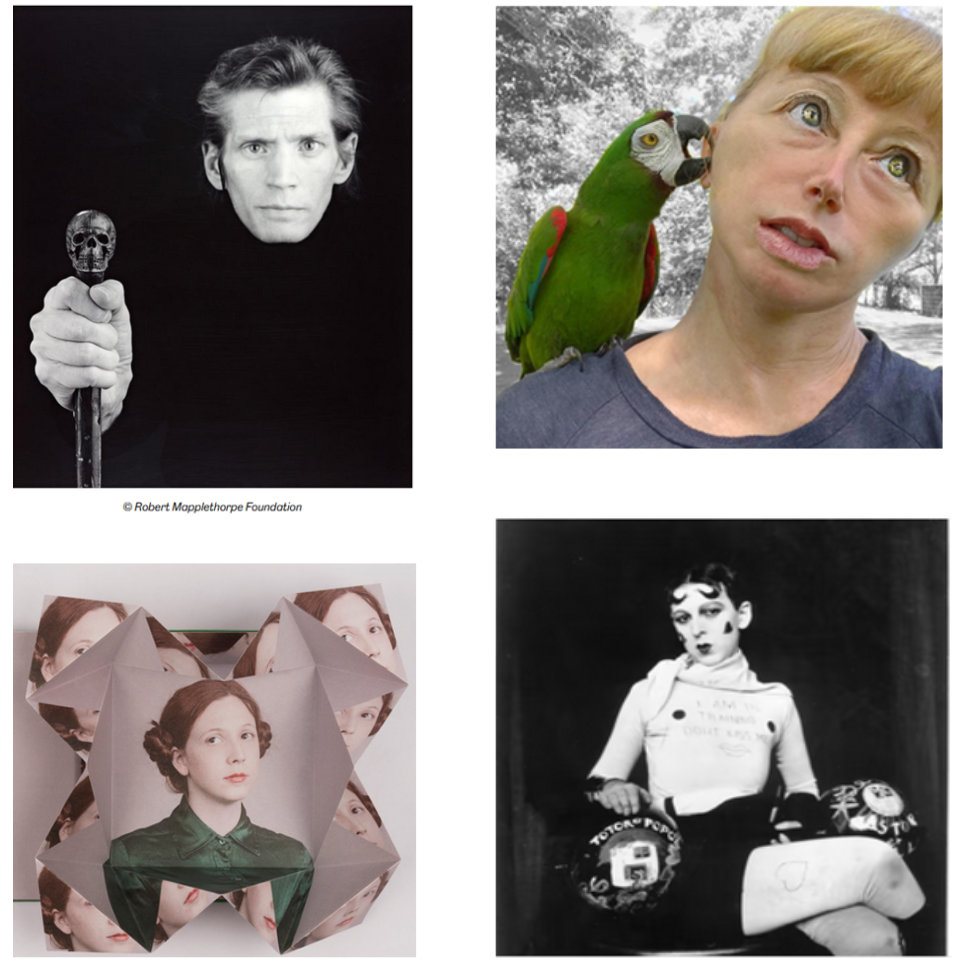
This Padlet shows examples of the ways that photographers have used long exposures in their photographic practice. I have done some experimental light painting before as part of a club workshop, however it didn’t me inspire to do more! However when the Christmas lights are put up in the High Street traffic trails worked well. This project has led me to consider long exposures as part of my repertoire for creating some types of images. I like seascapes and now my recently purchased ND filter is in my camera bag for my next visit to the coast for a minimalist, black and white seascape 🙂
For now the project to experiment with movement, time and blur in images. I’m at a vintage steam weekend at the East Lancs Railway.
In the following images we see trains as they are moving in their approach or departure from Ramsbottom Station. The photographs capture moments in time that are expressed by the time that the shutter on the camera is open. Some moments are relatively long as in the top image, half a second. The bottom image is a short moment 1/125th of a second. As can be seen, the decision about the length of time that the shutter is open allows the viewer to seethe movement that happened within the frame during that time, albeit as a blur.
The longer the shutter is open the more light that will fall on the sensor. As the exercise is about shutter speed and capturing traces of time, it is the shutter speed that needs to be varied. I have two of the other 3 elements of the exposure triangle (aperture & ISO) to manipulate to ensure the resulting image is not over exposed. I decided to keep ISO at 200. The aim of this was to have one fixed element that limited the light falling on the sensor during the long exposure. That left ‘aperture’ to fine tune exposure. The aperture widens (low ‘f’ number) to let more light into the camera and would be chosen for a fast shutter speed when there is less time for light to form an image. A small aperture (a high ‘f’ number) is required for a slow shutter speed if the image is not to be over exposed. My electronic viewfinder gives me a ‘wysiwyg’ view of how my exposure decisions will affect the image. Once I have decided the type of image I want, maybe one showing movement of a steam engine, I will choose the long shutter speed leaving the aperture open to capture movement over time, but limit the light falling on the sensor by closing the aperture with a high f number.
All other aspects being stable a long exposure / small aperture will result in any moving subjects being blurred as their image is captured moving by the sensor. The images by Simon Brodbeck and Lucie de Barbuat in their series of images, ‘Silent World’, used this effect in busy crowded spaces to blurr out, remove, the moving people by having extremely long exposures so that as the people moved through the frame their image was over written by the following exposure of the scene. For this type of technique (a very long exposure) a neutral density lens (to block out most of the light entering the camera) and a tripod are required. I used neither for my images below. Luckily my camera, Fuji X-T3, has 6 stops of stabilisation which means I can hand hold my camera at relatively long shutter speeds.
This can be seen in the images below. All of the trains are moving at about the same speed at they enter or leave the station. The ISO is 200 for each exposure but the data shows that a long exposure (slow shutter speed) needs a small aperture, a high ‘f’ number. Less movement is captured as the speed of the shutter is increased as in fig 2. As the shutter speed increases there is less time to capture movement and the image captured in fig 3 looks as though the subjects are standing still.

Fig 1: Exposure: 0.5 sec; f/22; ISO 200

Fig 2: Exposure: 1/15th sec; f/13; ISO 200

Fig3: Exposure: 1/125; f/8; ISO 200
In the past I’ve experimented with slow shutter speed at waterfalls but have not really liked the effect of ‘silky water’. Having found this steam train series of image ‘experiments’ more satisfying I will think more about the contexts in which I can use a slow shutter speed to show movement and time passing.
Research and a list of the ways photographers can use of long exposures in their photographs can be seen here.
As I was working on this project my husband pointed out that images such as these can just look like incompetent photography attempts! That will account for about 25 abortive attempts some of which are shown below. Whilst the sky was overcast and had little to no detail to capture, some of these images do suffer from being over-exposed because I had set the aperture too wide.


These rejected images have made me realise that compositional elements are even more important if the image is not to look like a mistake.
How to take CREATIVE LONG EXPOSURE photos (2022). Available at: https://www.youtube.com/watch?v=DUrnMRCLZ4M (Accessed: 31 March 2025).
Bertrand Bernager | Capturing Motion (no date) Alphauniverse. Available at: https://www.sony.co.uk/alphauniverse/stories/capturing-motion-bertrand-bernager (Accessed: 31 March 2025).
The Ultimate Guide To Long Exposure Photography (no date) Mike Smith landscape Photography Tutorials and Vlogs. Available at: https://www.mikesmithphotography.com/videos/the-ultimate-guide-to-long-exposure-photography (Accessed: 31st March 2025).


